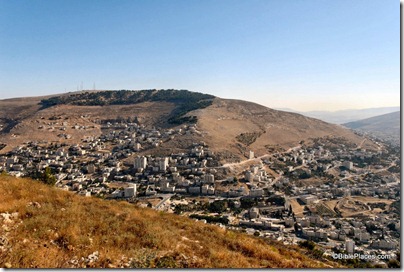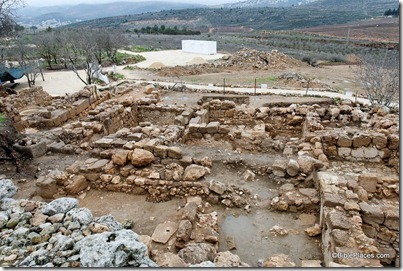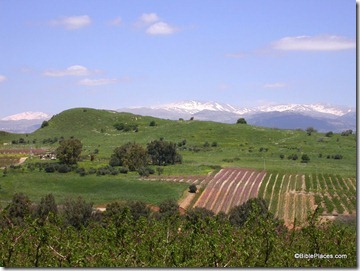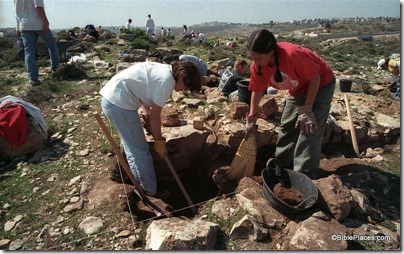I intended to ignore this article (as I do many others), because I doubt that the identification is accurate and this article in Israel Hayom is but a popular presentation of a discovery now 25 years old. So you’re not reading this here because I agree that the “altar” on Mount Ebal is “the world’s most important Biblical archaeological site” and the “the Holy Grail of Biblical archaeology.” But the article helpfully points out scholarly biases that affect interpretation.
One of the people on the tour asks whether there are researchers – colleagues – who support him. Zertal names the late Professor Benjamin Mazar, who “supported me to an extent, but it was difficult for him because he was part of the mainstream. If you support a revolutionary idea, you pretty much cut off your relationships with certain people in positions of power.” Once again, he quotes Professor Lawrence Steiger of the Harvard Museum of Semitic Studies who said at the end of the 1980s: “If the ruin on Mount Ebal is what Adam Zertal says it is, the effect on archaeology and Biblical studies will be revolutionary; we will all have to go back to kindergarten. But that’s a big if.”
He mentions scientists whose revolutionary ideas met with vigorous rejection by the contemporary establishment, which ostracized them, from Galileo to Daniel Schechtman. “Put yourself in the shoes of professors who wrote books for decades, and suddenly along comes some pipsqueak from the Ha-Shomer Ha-Tza’ir movement who discovers an altar that matches, point for point, what is written in the Bible. What would you do? Ze’ev Herzog writes an article entitled ‘The Bible – No Findings on the Ground.’ An entire career was built on the theory of ‘no data.’ And suddenly there are facts! Incidentally, an American researcher by the name of William Dever says that there were only ‘proto-Israelites’ here. It’s not really clear what that means. But we found 420 Israelite sites from the settlement period (the Iron Age I period).”
While this is a most simplistic presentation (“suddenly there are facts!”), his evaluation that this discovery must be ignored because it undermines a particular scholarly perspective is important. A similar approach has been taken with regard to Bryant Wood’s analysis of the pottery at Jericho.
The reason that I doubt that Zertal has found Joshua’s altar is because his claim that the altar “matches, point for point, what is written in the Bible” is false. His evidence dates the altar to 1200 BC, two hundred years after the time of Joshua. Other objections have been raised by various archaeologists concerning the nature of the structure as well. But there are some intriguing things that may well have been ignored because his interpretation would send liberal biblical scholars “back to kindergarten.”
HT: Joseph Lauer




